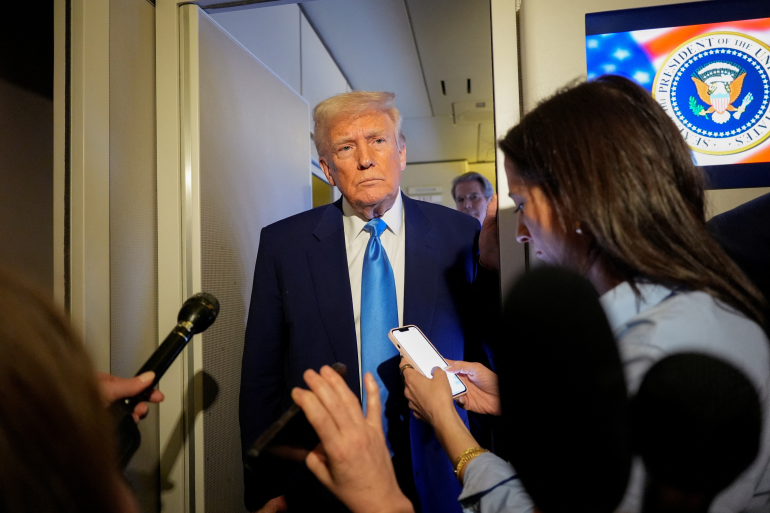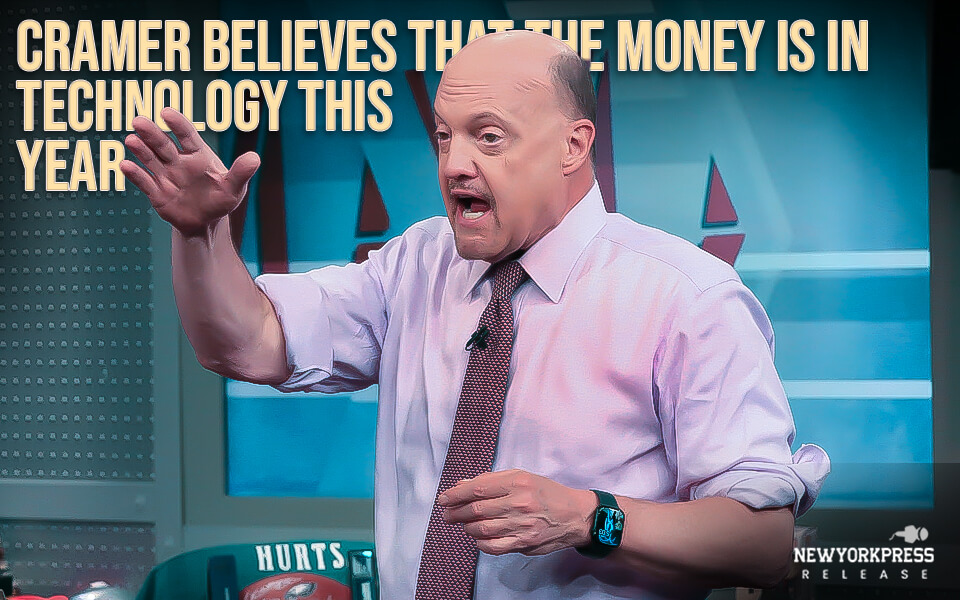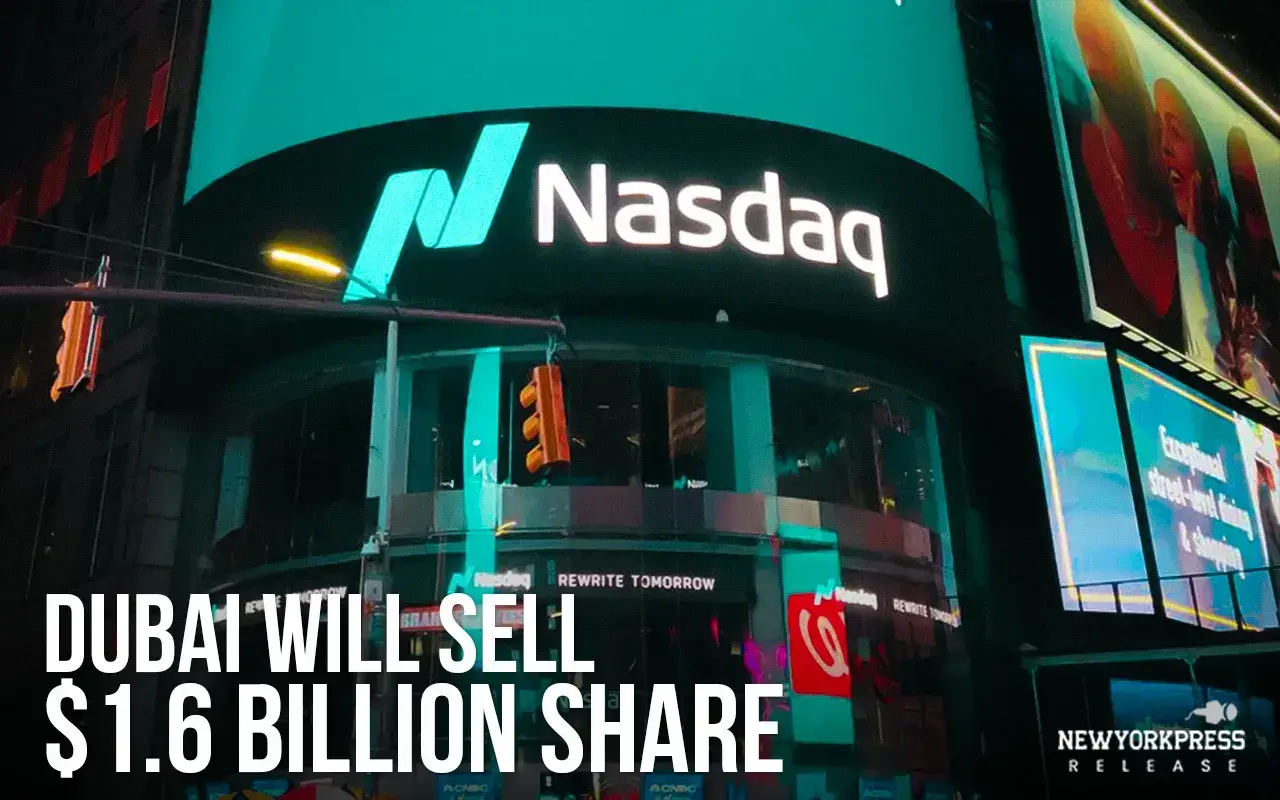Trump’s Trade War and Market Reactions
Trump’s comments on tariffs were the main factor driving the market’s turmoil. Speaking to reporters on Air Force One, Trump compared his trade policies to ‘medicine,’ acknowledging the market turbulence but insisting it was necessary to address long-standing trade imbalances. He reiterated his threat to impose a 50 percent tariff on China unless Beijing lifted its retaliatory tariffs. The White House dismissed rumors that it would pause tariffs for countries other than China for 90 days.
Trump also targeted criticism towards foreign governments, alleging that they had taken advantage of the United States over years due to “stupid leadership.” Trump further argued that the US must level its trade with other nations, referring to deficits as a “loss” and insisting that the goal was to realize trade surpluses or, at the very least, balance out.
Global Stock Market Fallout
The global ripple effect was rapid. Hong Kong’s Hang Seng Index declined more than 13 percent, its sharpest drop in nearly 30 years. Taiwan’s TAIEX plummeted 9.7 percent, and Japan’s Nikkei 225 closed 7.83 percent down. Singapore, South Korean, and Australian markets also experienced heavy losses.
Major European indexes were also caught in the sell-off. London’s FTSE 100 declined by 5 percent, and Frankfurt’s DAX fell by 7 percent. The global mood was negative, as US stock futures indicated further losses, following a trend from last week’s disastrous performance of the markets.
US Tariffs and Their Global Impact
The U.S.’s 10% baseline tariff, which took effect on Sunday, is expected to put further pressure on global markets. The White House applied increased tariffs of up to 50% on imports from various countries, including China, the European Union, Japan, and South Korea, raising fears of a broader trade war.
Future Outlook and Investor Concerns
As the trade war rages on, investors are watching closely, hoping for signs that the U.S. and its trading partners will resolve. However, with Trump refusing to yield on tariffs and demanding offsetting trade deficits, the path to stability remains uncertain. While the president continues to advance his economic agenda, the world market upheaval is most likely to persist, with countries and investors looking for more uncertainty ahead.




